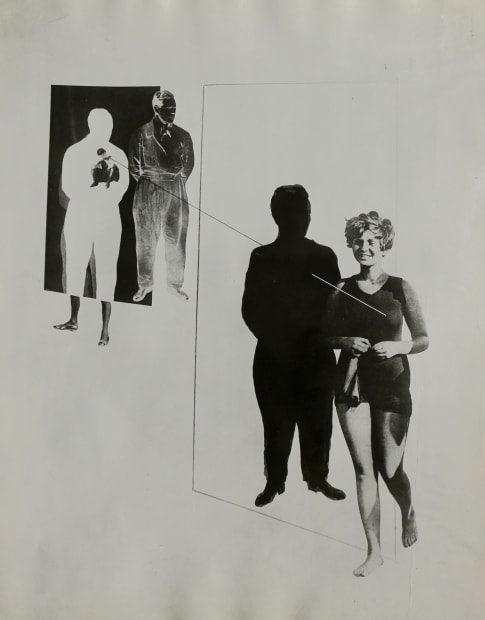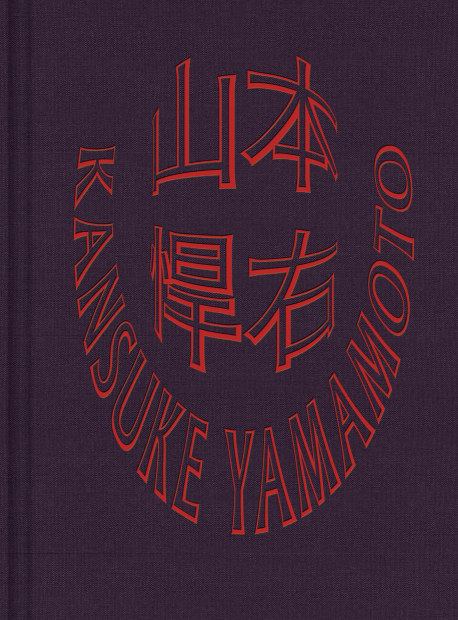-
We are delighted to return to New York for The Photography Show, presented by AIPAD – the world’s longest-running fair dedicated exclusively to the art of photography.
Held at the esteemed Park Avenue Armory, the event will bring together exhibitors, collectors, and friends from across the globe.
We look forward to welcoming you to stand A14, where we will present a selection of rare and exceptional works—each a distinguished example of the photographic medium.
-
WEEGEE
-

-

-
'The Debussy of the camera' was the apt description given to Baron de Meyer by Cecil Beaton, who greatly admired de Meyer’s ability to create such seductive effects of light – impressionistic, soft, diffused yet somehow alive and sparkling,– just as de Meyer admired the haloes of light that added a spectral glamour and magic to his portrait or his fashion and portrait studies.
One of de Meyer's best known and rarest of images was the famous Water Lilies, a masterful demonstration of his distinctive aesthetic, which might effectively be described as using his camera and lenses to paint with light. We are reminded of his admiration for the work of Claude Monet, whose portrait he was later to make and what you see here. Perhaps de Meyer’s {Water Lilies} was inspired by Monet's nymphéas series, initiated in 1899, and of which the photographer was surely aware.
De Meyer was a member of the key associations – first the Linked Ring in Britain, then the Photo-Secession in New York – whose members saw themselves, at the close of the 19th century, as the champions of photography’s place among the noble arts in the face of the medium’s increasing popularisation and potential debasement. The Secessionists favoured recherché printing techniques that involved much skill in pursuit of subtle, painterly textures and effects. Platinum printing was one such process: the light-sensitive chemicals absorbed into the paper rather than contained in a layer of emulsion and offering a matte surface with a very subtle tonal range. It is telling that the two recorded platinum prints of Water Lilies, an image greatly admired and celebrated in its day, were acquired by Alfred Stieglitz, the foremost American champion of photography, and Karl Struss, a distinguished fellow Secessionist. The Stieglitz print was gifted to the Metropolitan Museum of Art. -

-
László Moholy-Nagy
-

-
Sohei Nishino
-

Sohei Nishino
Diorama Map New York, 2006In making his Diorama maps, Sohei Nishino combines photography, collage, cartography and psychogeography to create large prints of urban landscapes. Drawing inspiration from the 18th century Japanese mapmaker, Inō Tadataka, his prints re-imagine the cities he has visited. To build his Diorama maps, Nishino walks a city's streets for an average of three months, exploring many vantage points and gathering hundreds of rolls of exposed film. He then painstakingly prints the photographs by hand and compiles them to form the tableaux he will use as the basis for his limited edition photographs.
Rarely available on the secondary market, we are excited to bring Nishino’s exceptional Diorama Map of New York back home to the city.
-
-

-

-
FROM JAPAN
-

-
We look forward to welcoming you to stand A14
The Photography show presented by AIPAD : Stand A14
Past viewing_room









